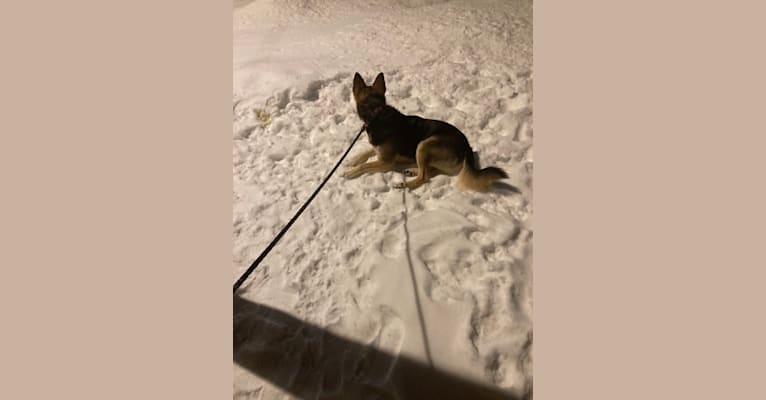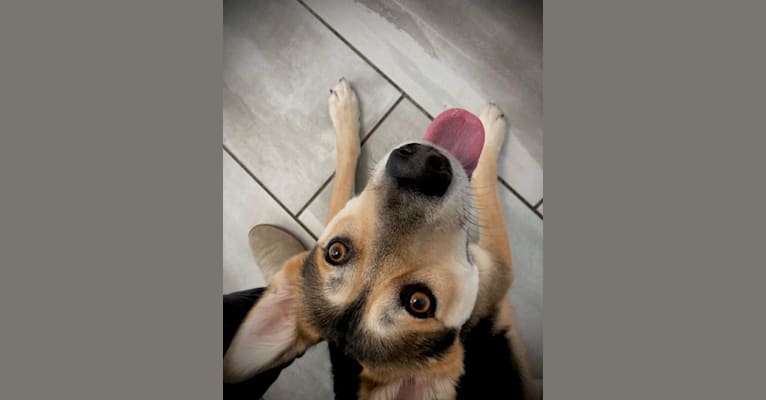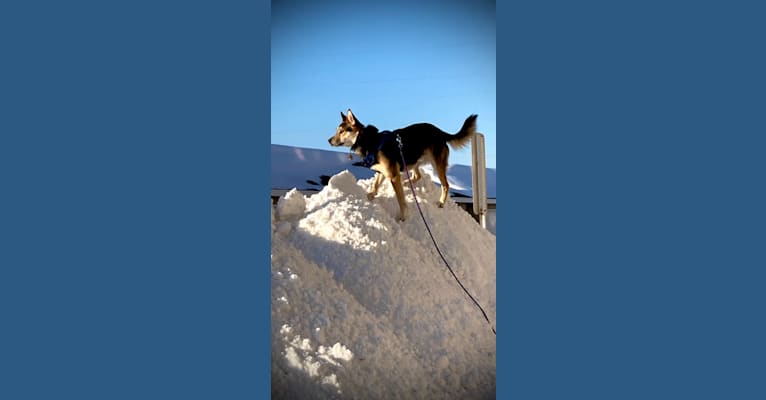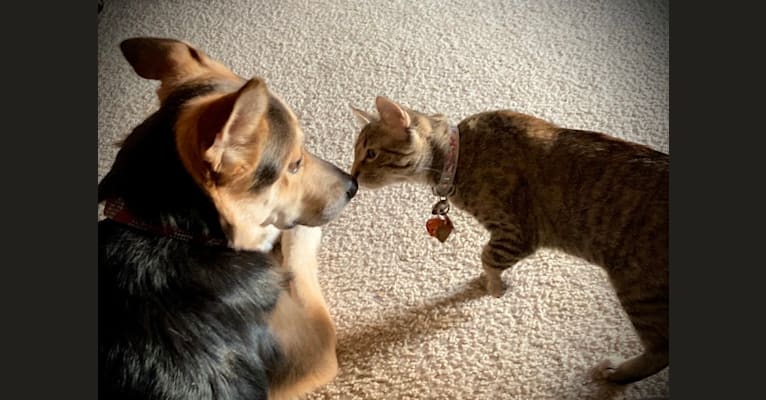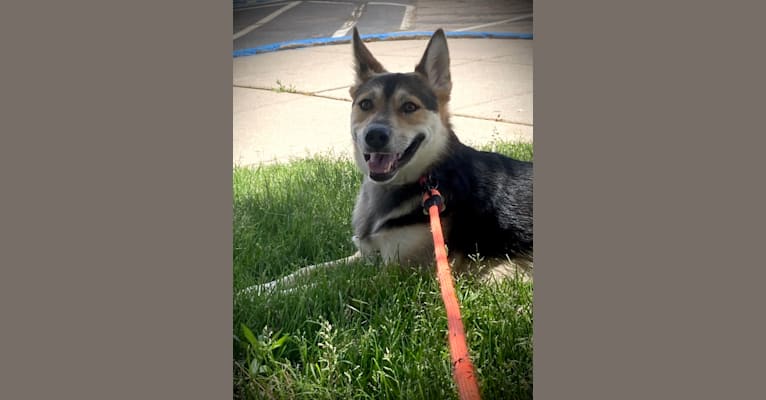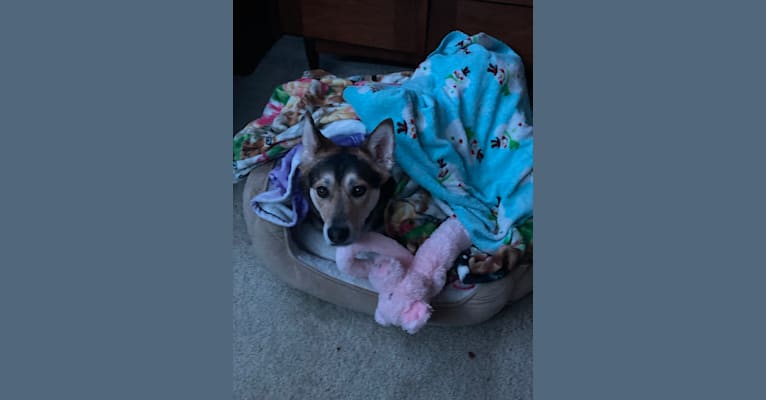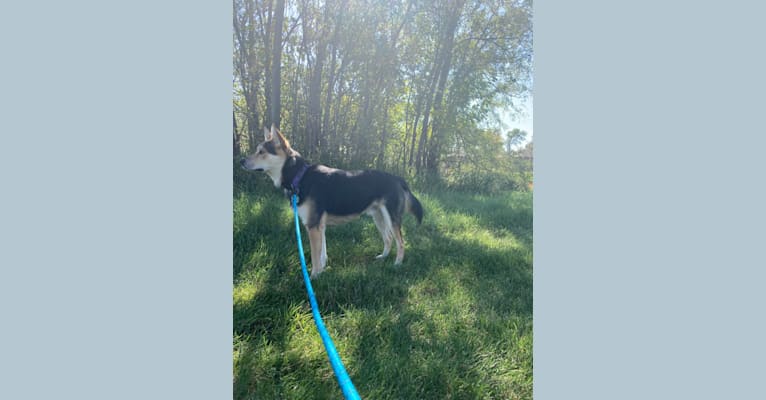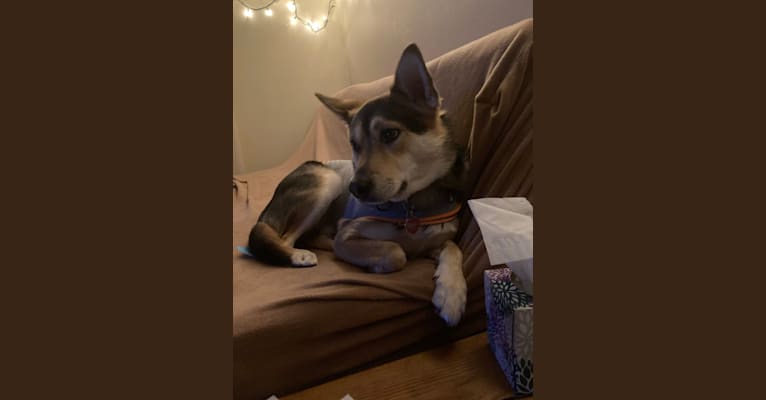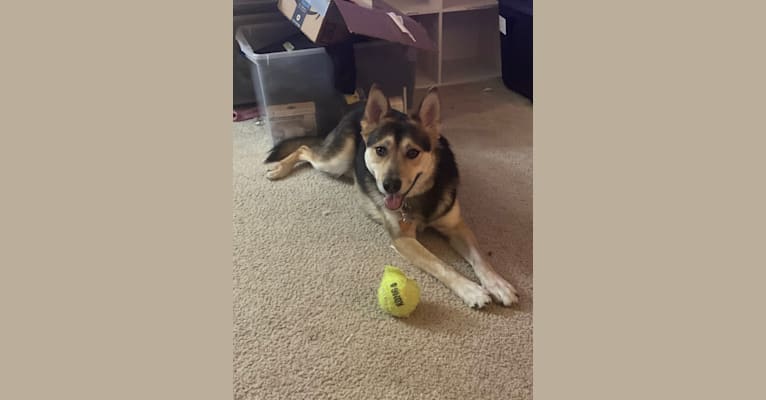“He loves snow!! He’s a huge cuddle bug but also ALWAYS full of energy. He’s sweet and kind, really good with kids, and goofy. He is stubborn and so smart. He barks but also does sometimes make Husky-like vocalizations and other noises that are fun. And he LOVES tug-o-wat and all the squeaky toys… mainly yellow squeak balls!!”
Instagram tag
@Mak_gooley (Insta)
Place of Birth
Iowa, USA
Current Location
Sioux Falls, South Dakota, USA
From
Sioux City, Iowa, USA
This dog has been viewed and been given 25 wags
Genetic Breed Result
Titan
Mixed Ancestry
45.0% Australian Cattle Dog
21.0% German Shepherd Dog
12.3% Siberian Husky
21.7% Supermutt
Embark Supermutt analysis
What’s in that Supermutt? There may be small amounts of DNA from these distant ancestors:
Australian Cattle Dog
A classic cattle dog, Australian Cattle Dogs were developed from a mixture of breeds in Australia in the 19th century, and still maintain their energetic herding instincts today.
Learn More
German Shepherd Dog
German Shepherds are confident, courageous dogs with a keen sense of smell and notable intelligence. These are active working dogs who excel at many canine sports and tasks -- they are true utility dogs! Their versatility combined with their loyal companionship has them consistently listed as one of the most popular breeds in the United States.
Learn More
Siberian Husky
Bred initially in Northern Siberia, the Siberian Husky is a medium-sized working dog who is quick and light on their feet. Their moderately compact and well furred body, erect ears and brush tail suggest their Northern heritage. Huskies are very active and energetic and are known for being long distance sled dogs.
Learn More
Start a conversation! Message this dog’s humans.
Genetic stats
Dogs Like Titan

Discover dogs who share a similar breed mix to Titan. A higher score means the two dogs have more of their breed mix in common. A score of 100% means they share the exact same breed mix!
Click or tap on a pic to learn more about each dog and see an in-depth comparison of their DNA, breeds, and more.



